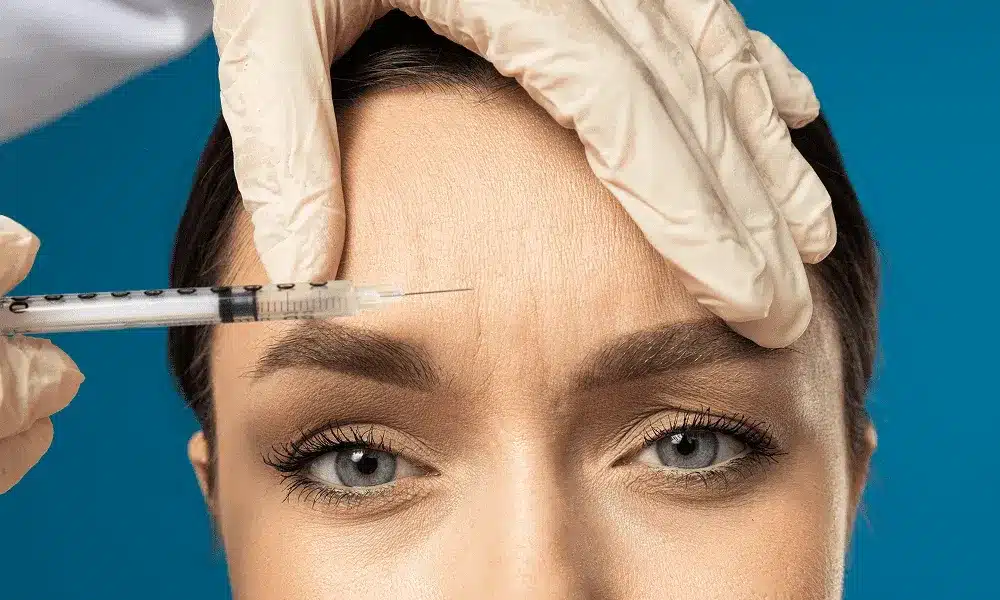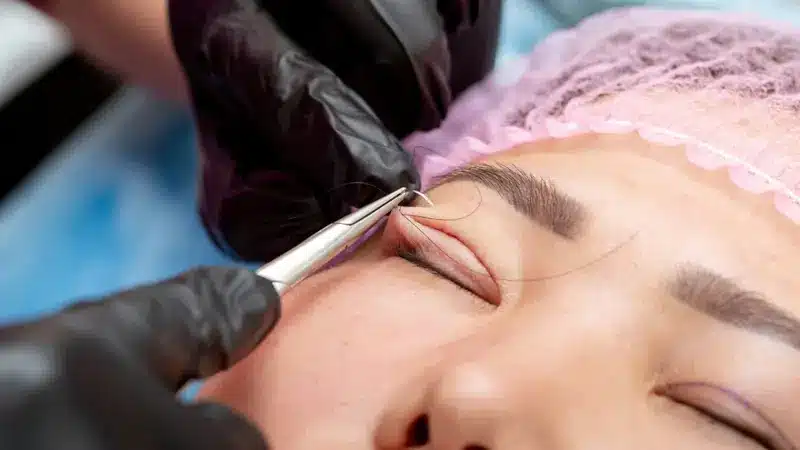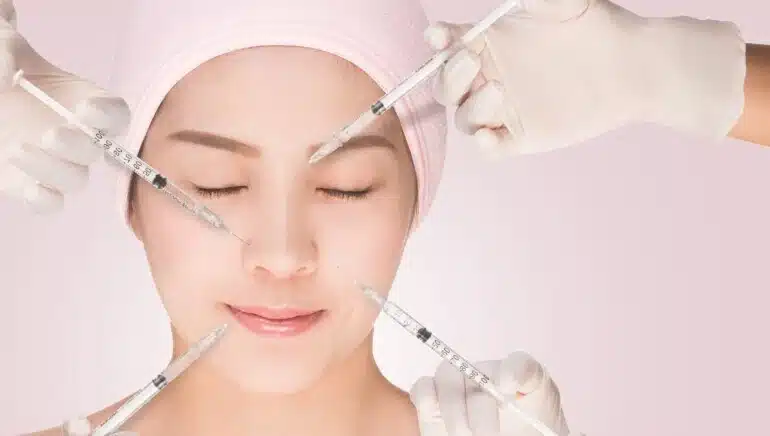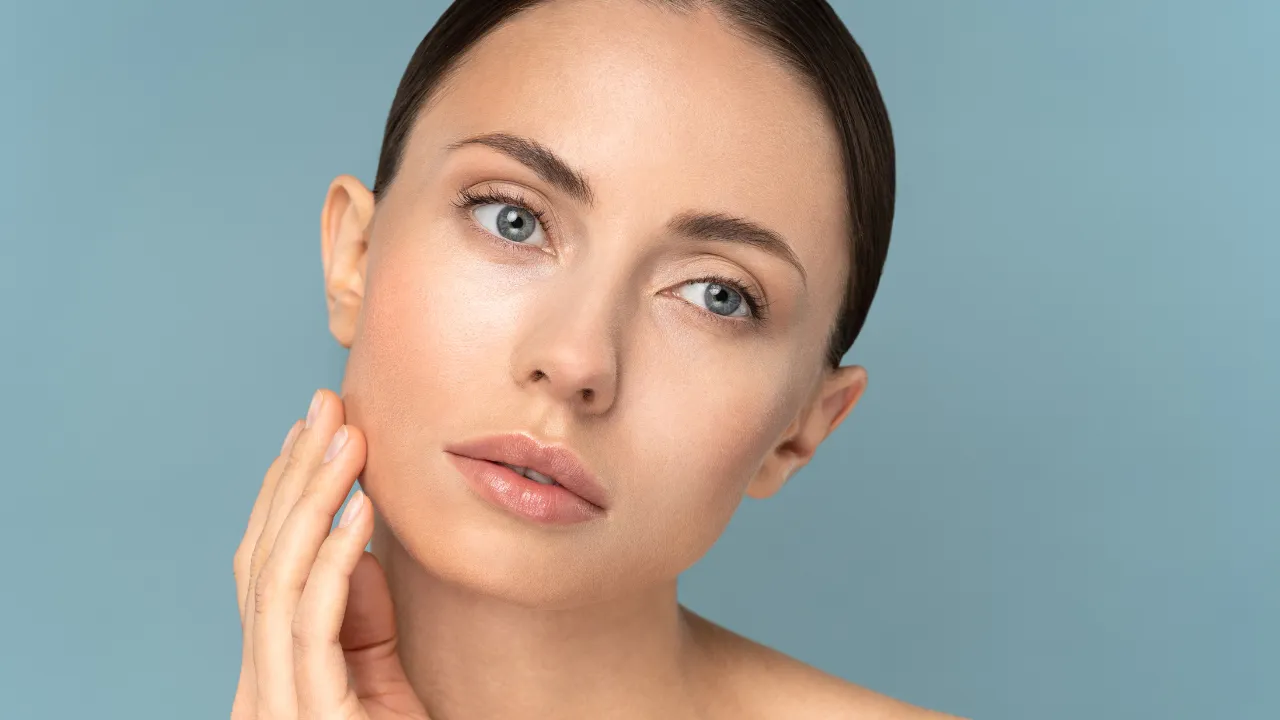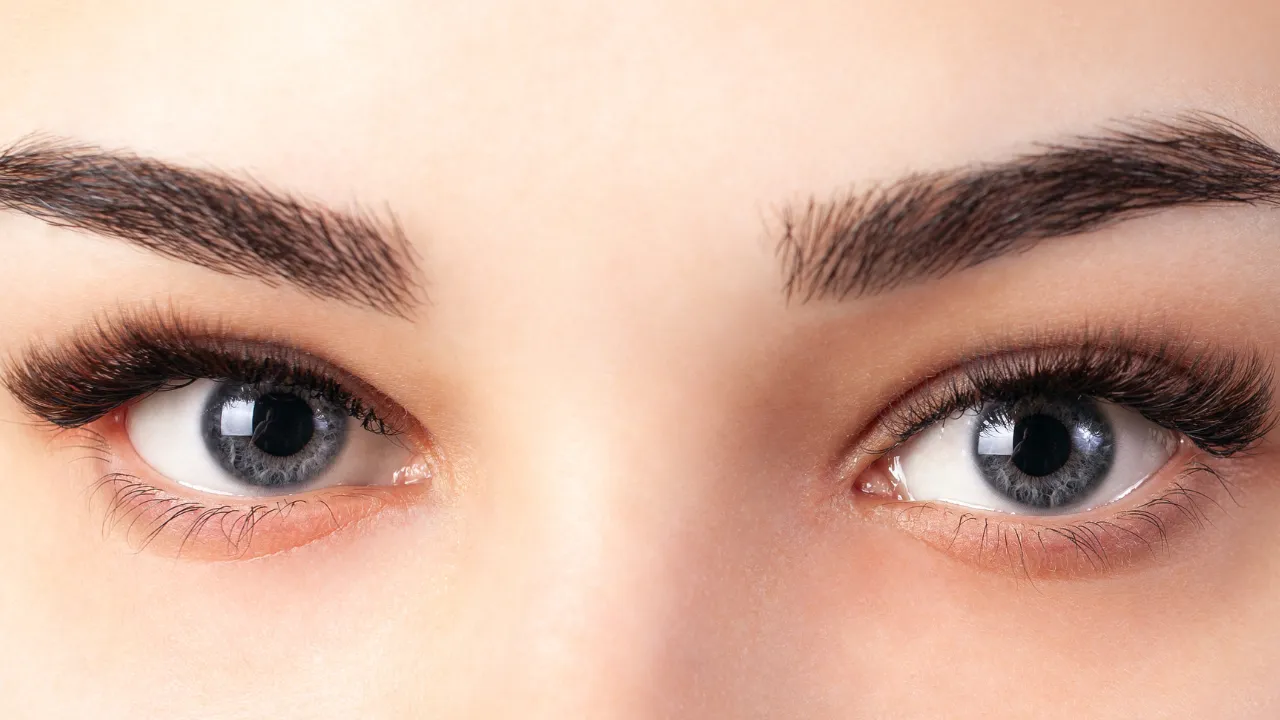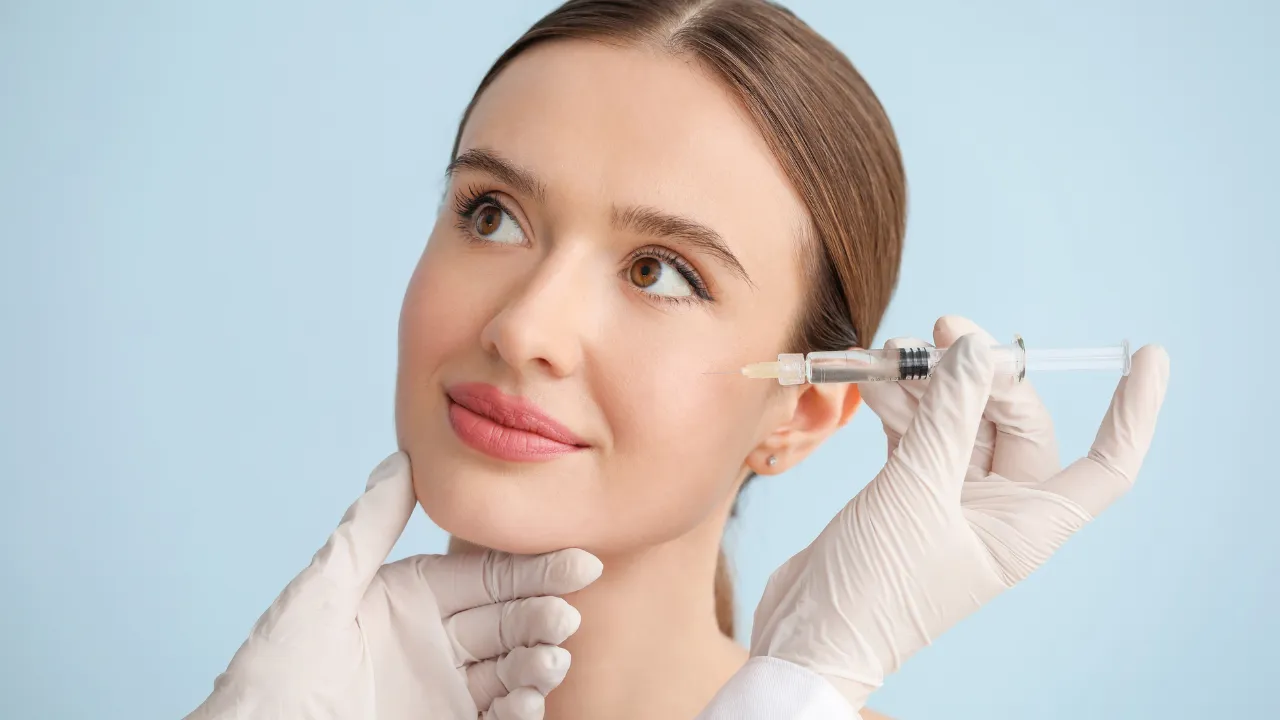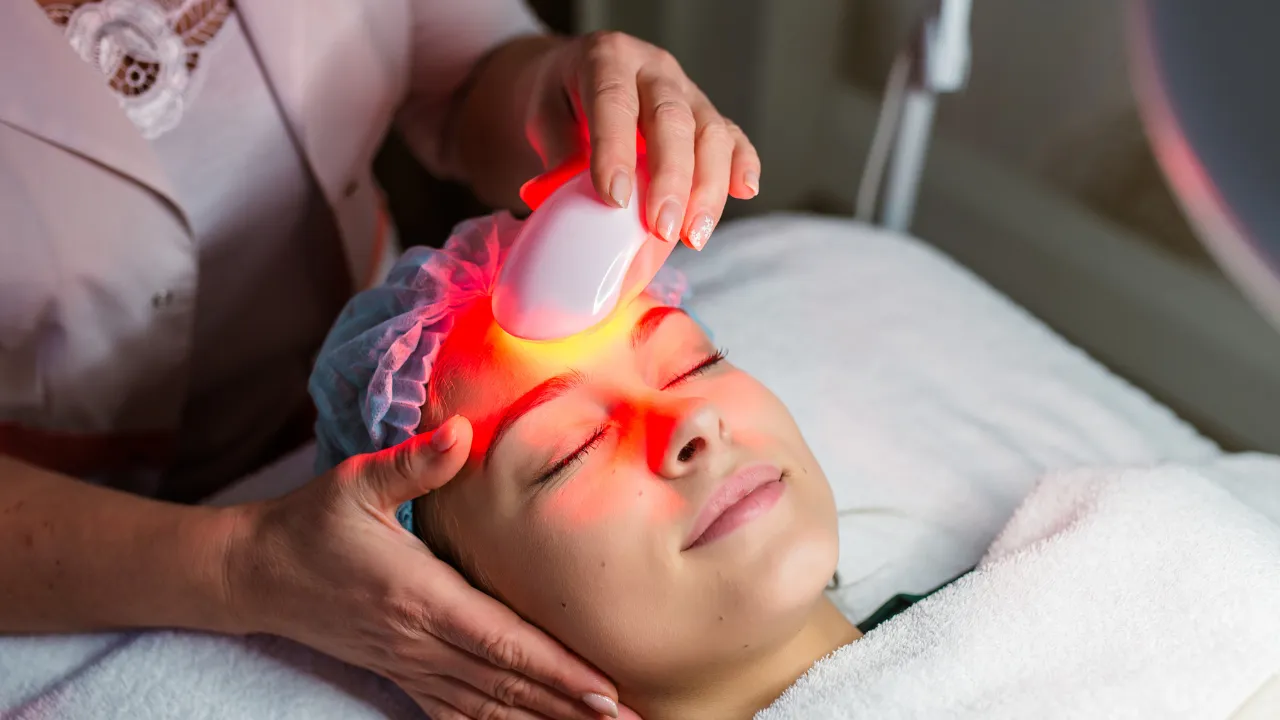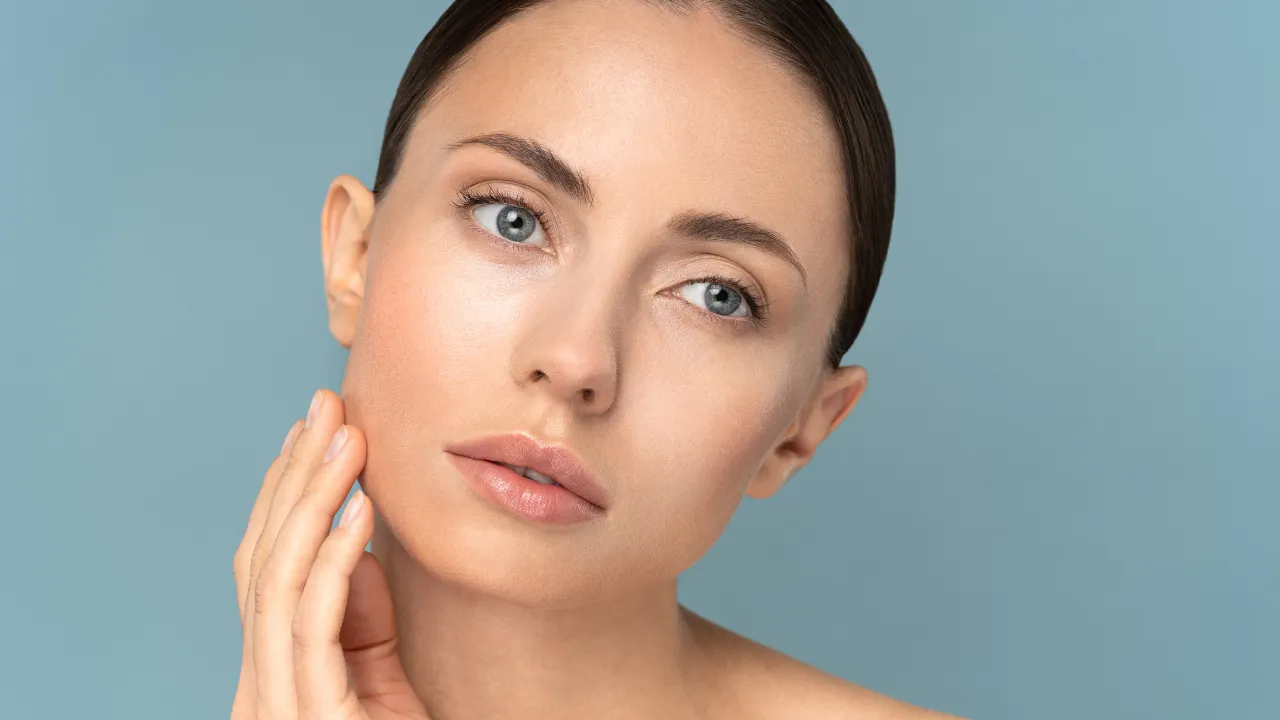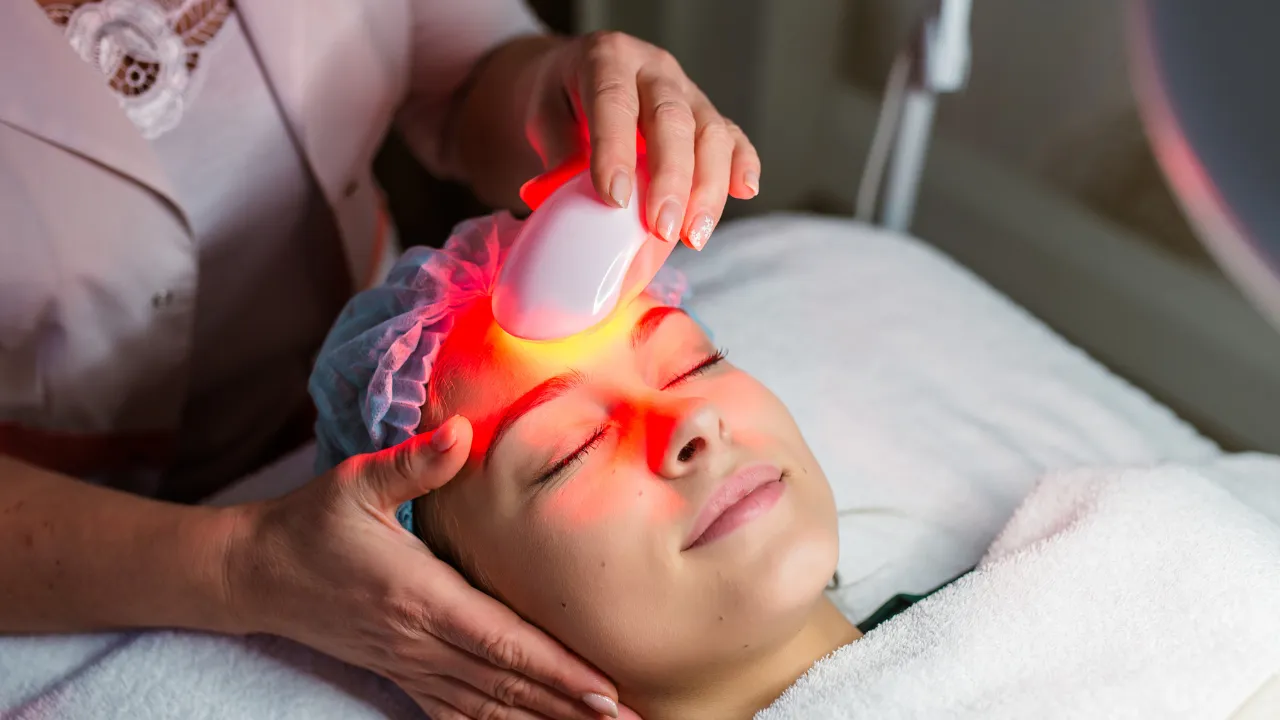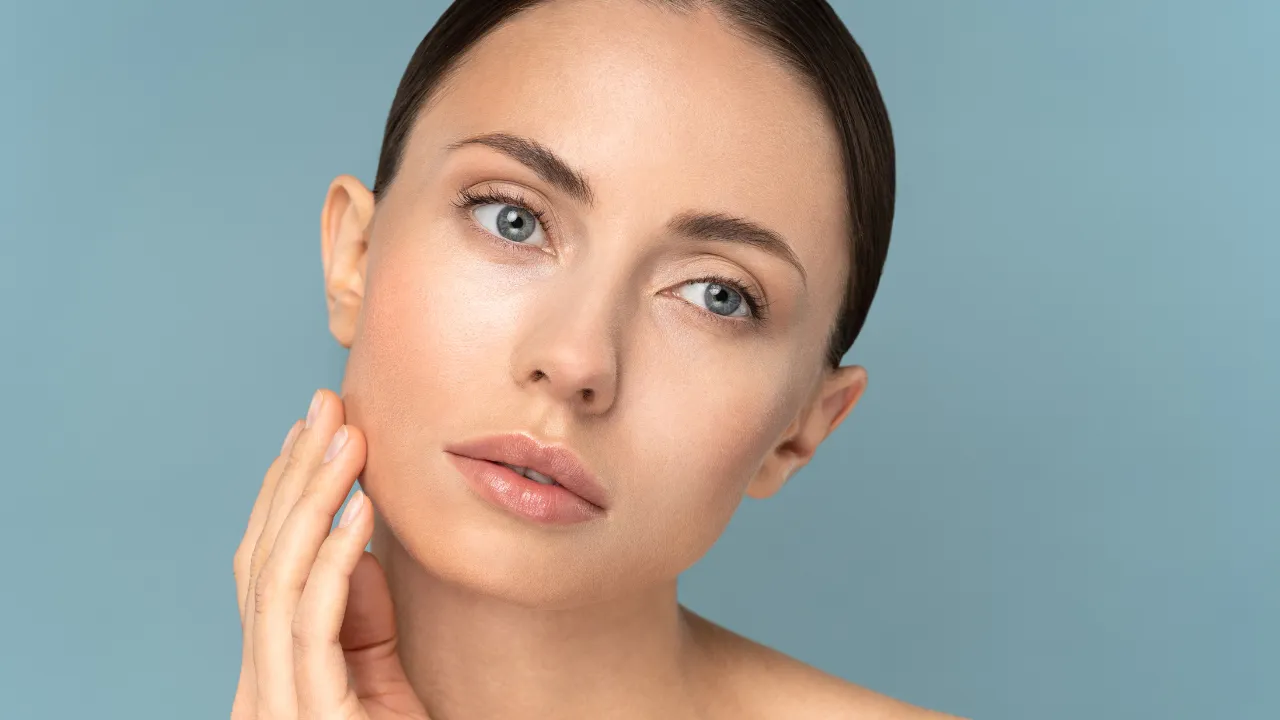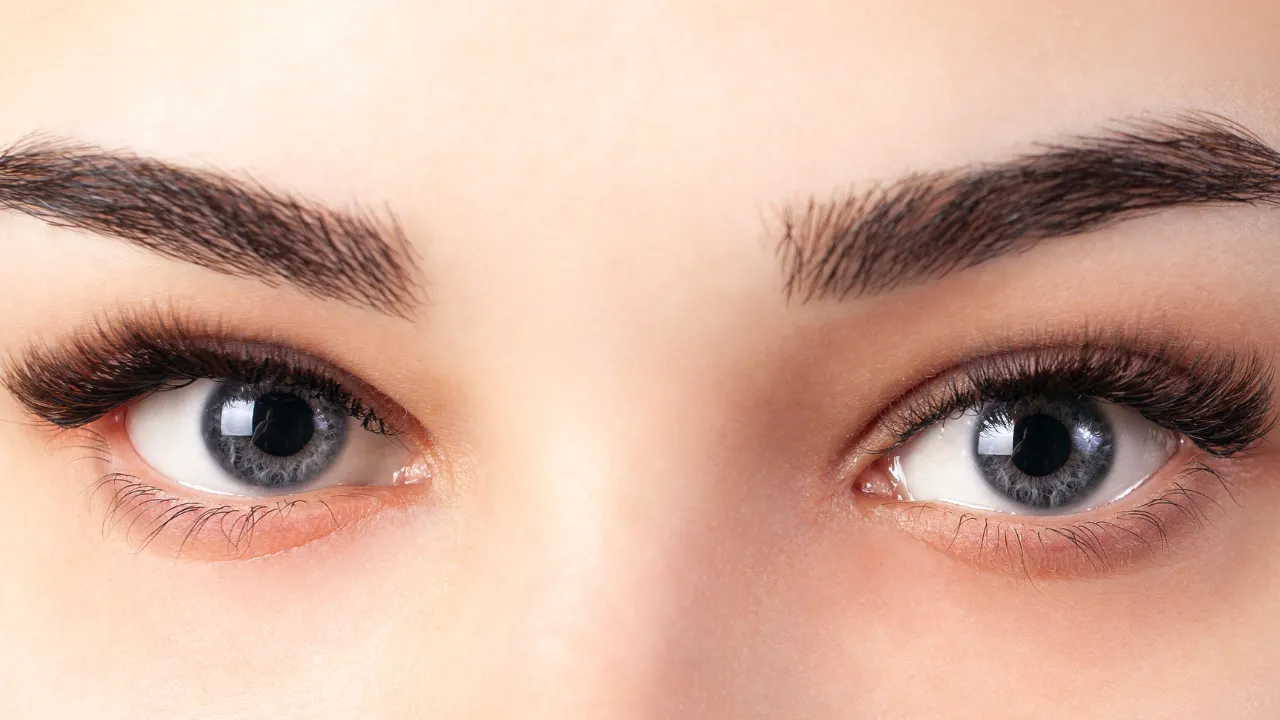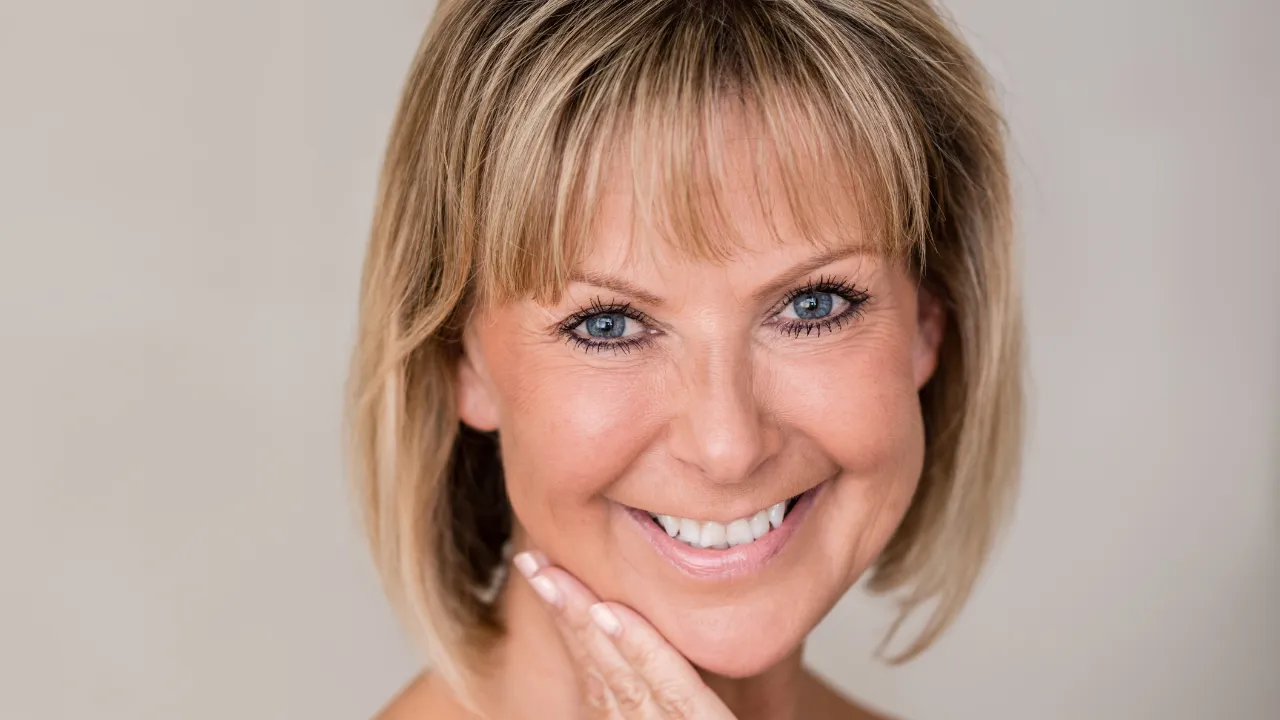Botox for dark circles typically costs between $1,800 and $2,400 per session, depending on the number of units needed and the clinic’s location. Most patients require repeat treatments every three to four months to maintain results, which can influence annual spending.
Many people want a smoother look under their eyes, and Botox can reduce muscle activity that deepens dark circles. At Kopelman Aesthetic Surgery in New York City, plastic surgeon Dr. Joel Kopelman offers safe plans based on anatomy and cosmetic goals. Understanding the cost of Botox for dark circles helps patients set expectations before a consultation with a medical professional.
Key Takeaways
- Botox can help reduce dark circles caused by muscle-based wrinkles, with average Botox costs ranging from $1,800 to $2,400 per session.
- Results last several months and may require repeat visits, depending on the goals.
- Pigmentation and hollowness often require dermal fillers, lasers, or skincare treatments in addition to Botox.
- Mild swelling or uneven results are common side effects if dosing is not planned well.
- Cost depends on the provider’s skill, treatment units, and clinic location.
Table of Contents
ToggleHow Much Does It Cost to Treat Dark Circles?
Costs range between $1,800 and $2,400 per session and vary based on severity and experience. This price includes the Botox treatment and assessment of the treatment area. Add-on procedures may increase the total cost depending on the injection site.
Many clinics charge by the unit of Botox, which measures the amount of product used to relax targeted facial muscles. Some patients combine Botox with filler treatments in different areas of the face, which increases the total. Discussing priorities helps build realistic treatment plans.
Botox for Dark Circles Cost Breakdown
Average national pricing
Busy metropolitan clinics often charge higher prices due to demand and overhead. Suburban clinics may charge less.
Units typically required
Most patients require between 6 and 12 units, depending on the level of muscle activity under the eyes. Stronger muscles require more.
Session frequency
Results fade within several months, and many patients return seasonally. Planning ahead helps maintain consistency.
Recovery and Aftercare Tips
Redness and swelling are normal for the first day. Avoid rubbing or pressure to prevent product movement. Cool compresses can provide comfort.
Understanding Under-Eye Anatomy
The under-eye area is thin and easily affected by shifting fat pads. Botox injections reduce muscle motion, but deeper shadows caused by hollowness or pigment may not respond as well. A medical professional evaluates the true cause before treatment.
Under-Eye Botox Before and After Results
Botox can brighten the appearance under the eyes by softening fine lines. Patients may also notice improvements around forehead lines and frown lines if treated in combination. Some require tear trough filler to add volume in a way that addresses volume loss. Patients often review Botox before and after pictures to better understand realistic improvements.
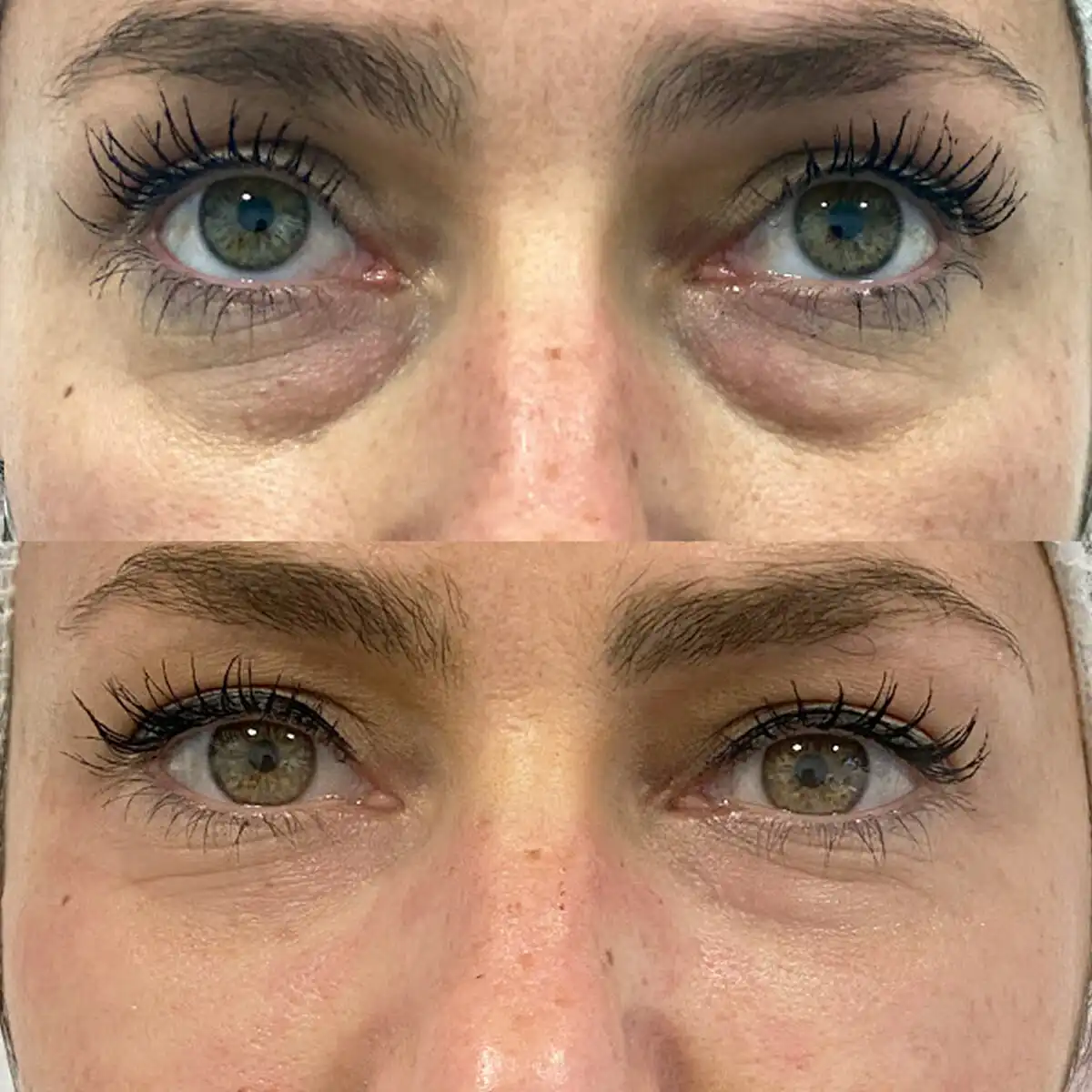
Why Results Can Vary
Botox does not correct deep hollows or pigment alone. Visible blood vessels or volume loss may limit improvement.
Is Under-Eye Botox Worth It?
Patients choose Botox because results appear quickly with limited downtime. The improvement is subtle and controlled.
Longevity vs cost value
The value depends on how often patients return for maintenance.
Who sees the best improvement?
Fine lines and mild shadowing respond best to this treatment. Hollowness may require tear trough filler instead.
When Botox Alone May Not Work
Pigmentation, blood vessel visibility, and bone structure can limit the effect. Laser or skincare may be better options.
What Causes Dark Circles?
Pigmentation and genetics
Inherited pigment can create brown or purple tones. Targeted skincare helps reduce discoloration. You can learn more about whether dark circles are hereditary by reviewing this guide on are dark circles genetic.
Volume loss and aging
Lost collagen creates hollows that cast shadows, and filler treatments are often more effective.
Lifestyle contributors
Poor sleep and dehydration worsen dark circles. Avoiding smoke reduces discoloration.
Pigmentation-Based Dark Circles
Pigment rarely responds to Botox alone. Laser resurfacing may be more effective.
How Botox Improves Dark Circles
How it works
Botox reduces muscle movement that deepens wrinkles and dark shadows.
Expected result timeline
Patients typically experience results within two weeks, which can last for several months.
Typical timeline:
- Days 1–2: mild swelling
- Days 3–5: wrinkle relaxation
- Days 7–10: visible smoothing
- Week 2: full improvement
Focus on Dynamic Wrinkles
Dynamic wrinkles improve with Botox, while static folds respond better to filler.
What Affects the Cost of Botox
Provider qualifications
Board-certified providers create safer, more consistent results.
Clinic location
Large cities charge more due to demand and overhead.
Treatment units required
More units increase the cost based on muscle activity. Minor concerns use fewer units.
Risks and Side Effects
Common temporary issues
Swelling, bruising, and tenderness are common side effects and usually fade quickly.
Warning signs to watch for
Severe pain or changes in vision require evaluation.
Specific Complications to Consider
Over-relaxation can worsen shadowing. Precise dosing reduces this risk.
Filler Cost Compared to Botox
Differences in Product Density
Thin gels prevent lumps in delicate areas, while dense fillers may not suit thin skin.
Botox vs filler comparison
Botox treats motion wrinkles; filler restores lost volume in deeper shadows. Filler can also smooth surface texture through specialized options like the best under eye filler for wrinkles.
Which lasts longer?
Fillers usually last six to twelve months, while Botox results fade after three or four months. Patients seeking longer-lasting results often choose fillers over Botox.
Alternatives to Under-Eye Botox
Under-eye fillers
Fillers reduce hollowness and lighten shadows in the tear trough region. Those considering volume restoration can review available options such as under eye filler NYC.
Laser resurfacing
Lasers improve tone and texture under the eyes.
Topical treatments
Vitamin C and retinol slowly brighten pigmentation. Patients often pair these products with recommendations found in this list of the best eye cream for dark circles.
Who Is a Good Candidate?
Healthy adults with realistic expectations achieve the best outcomes.
How Long Do Botox Results Last?
Most effects last three to four months. Consistent treatment can extend results.
Ways to Extend Results
Sun protection and healthy skincare routines preserve improvement.
When Botox Is Not Recommended
It is not advised during pregnancy or for certain health conditions.
Why Providers May Decline Treatment
Thin skin or bone structure can create poor visual results.
Expectation Management for Best Outcomes
Botox can reduce wrinkles, but pigment and hollowness may require more than one type of treatment. Combination therapy improves satisfaction and addresses volume loss more effectively.
Next Steps
A consultation at Kopelman Aesthetic Surgery includes a full assessment and review of goals. Dr. Kopelman focuses on safe, natural-looking results. Lifestyle habits and good aftercare help support long-term improvement.
If you are ready to explore treatment options and learn which approach best fits your needs, schedule a consultation with Dr. Kopelman today.


